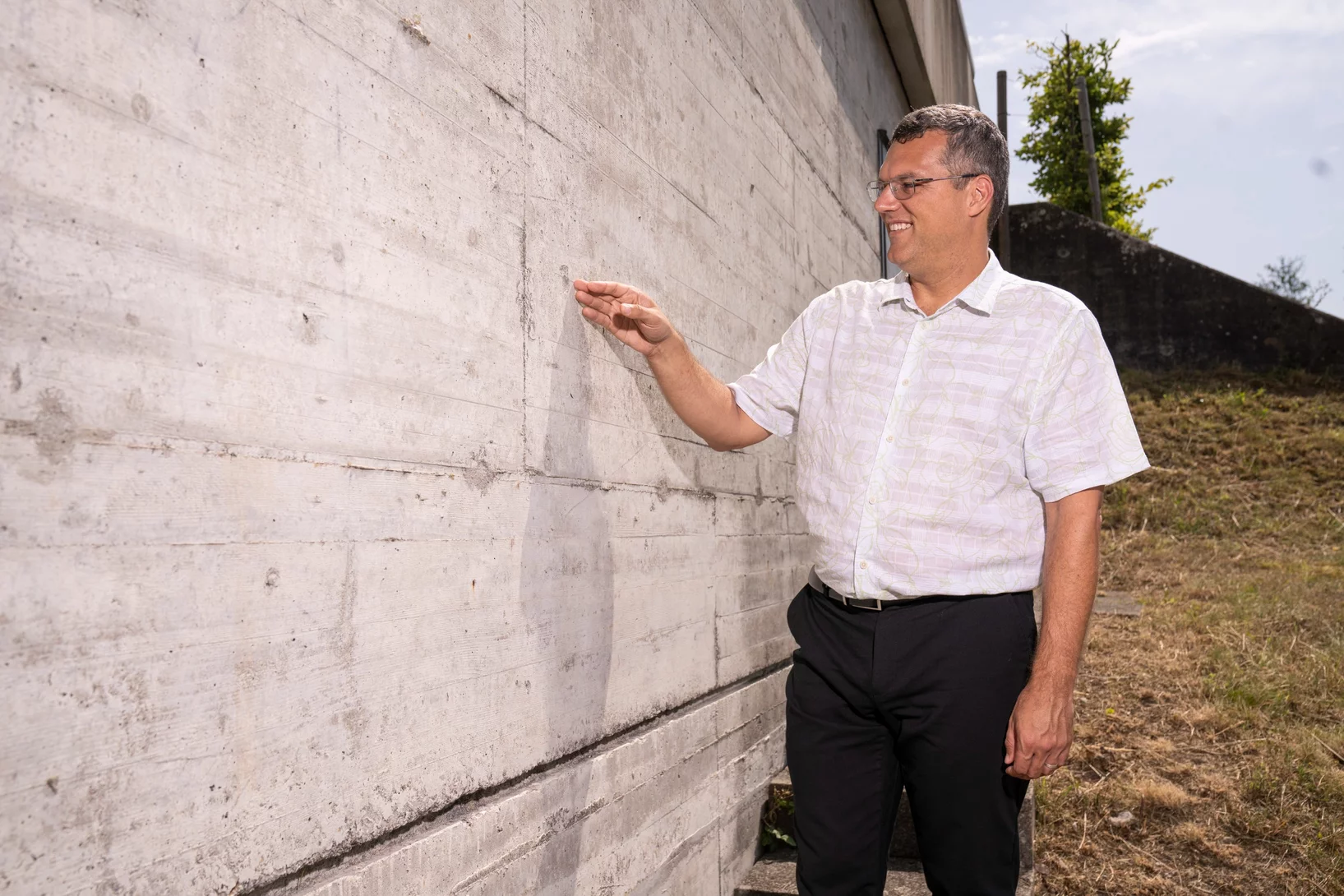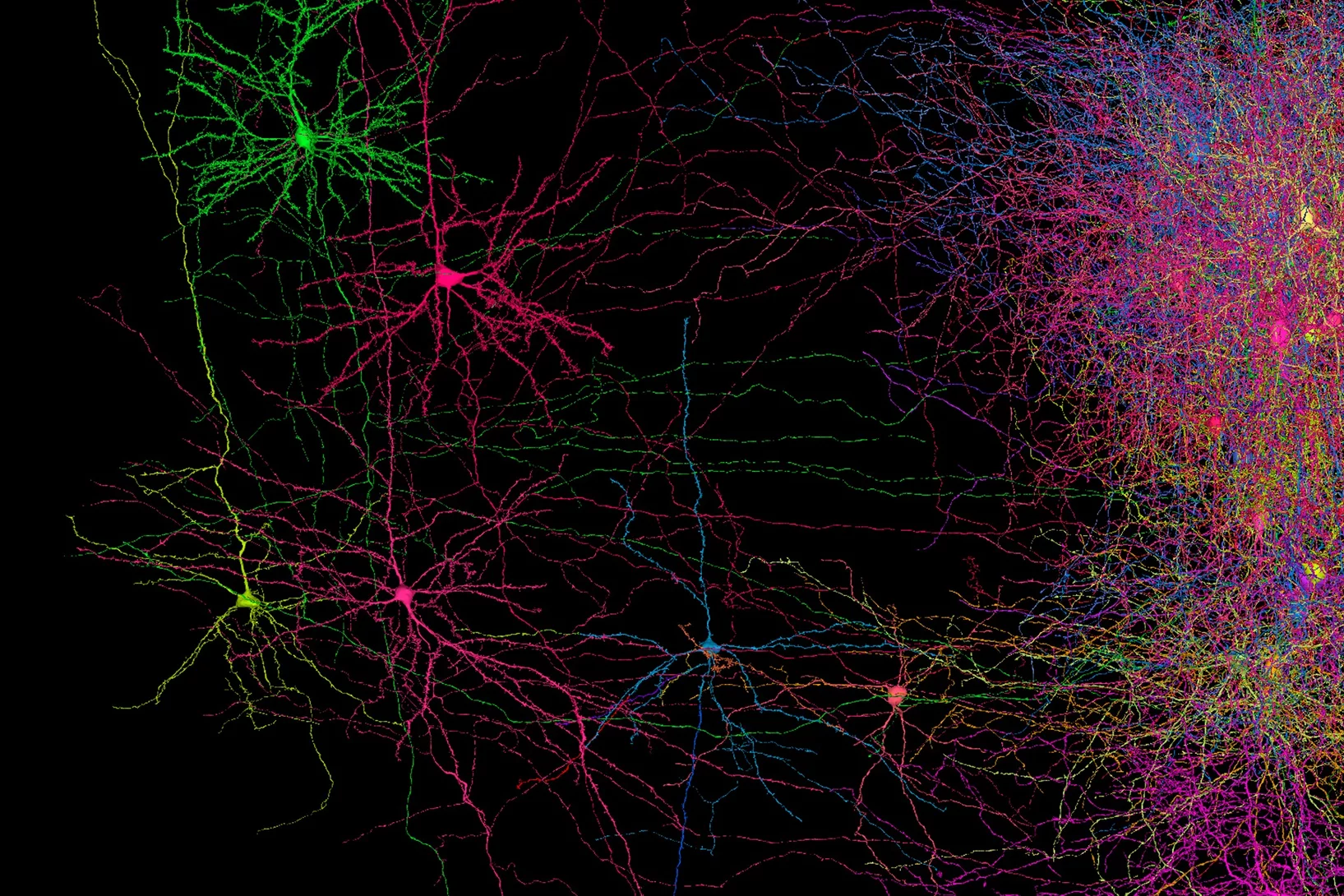From her office, Lubna Dada has a good view of a beautiful meadow that is now, in April, beginning to sprout vigorously, preserving a wholesome space for nature on the PSI campus. And nature is an important keyword for the atmospheric researcher: She loves to spend her free time out and about in the meadows and forests with her camera, taking photos of plants, animals, and clouds.
Since coming to Switzerland in 2021, she has been fascinated by the country and its people. She appreciates the respectful social interaction above all and sees Switzerland as her new home. If you like, you could also say that she has never left Switzerland – at least nominally – because in the 1950s and 1960s her native country, Lebanon, was known as the Switzerland of the Middle East. She initially studied medicine in Beirut. When she found that working with a scalpel did not agree with her, she reorientated herself and concentrated on chemistry. During her studies, the topic of air pollution took on ever greater prominence. Her master's thesis focused on aerosols; their many different forms still fascinate her to this day.
She had to leave Lebanon for her further studies and doctoral thesis. She decided to stay in the Lebanese time zone so as not to be too far away from family and friends, continuing her studies in Helsinki in 2014. After completing her PhD in 2019, she was able to gain further international experience through involvement in research projects developed in a collaboration between universities in Helsinki and Beijing.
Then in 2021, she came to Switzerland to work as a postdoc at PSI and EPFL Valais Wallis at Sion. Here she studied how European air pollution moves towards the North Pole, taking climate change into account. In the Laboratory for Atmospheric Chemistry, Lubna Dada’s research is concerned with the formation of clouds. She has discovered that certain gaseous hydrocarbon compounds, known as sesquiterpenes, play a key role in cloud formation. Sesquiterpenes emanate mainly from vegetation and are released when plants are stressed. This knowledge is helping to improve the modeling and prediction of climate.
At the beginning of 2024, with funding from the Swiss National Science Foundation, she started up her own project focused on bioaerosols from plant emissions and pollen. Understanding the sources and emission processes of these particles is important for assessing air quality in different locations, as well as their impact on climate. Such knowledge can also contribute to the development of targeted mitigation strategies for a future shaped by climate change.
More articles on this topic
PSI’s cement whisperer
John Provis has dedicated his research career to a building material that is far more exciting than you might think.
Creating circuit diagrams of the brain
Using brain circuit diagrams to understand Alzheimer's.
With pad, pencil, and algorithms
Physicist Dominik Sidler is developing fundamental theories for previously inexplicable phenomena.





